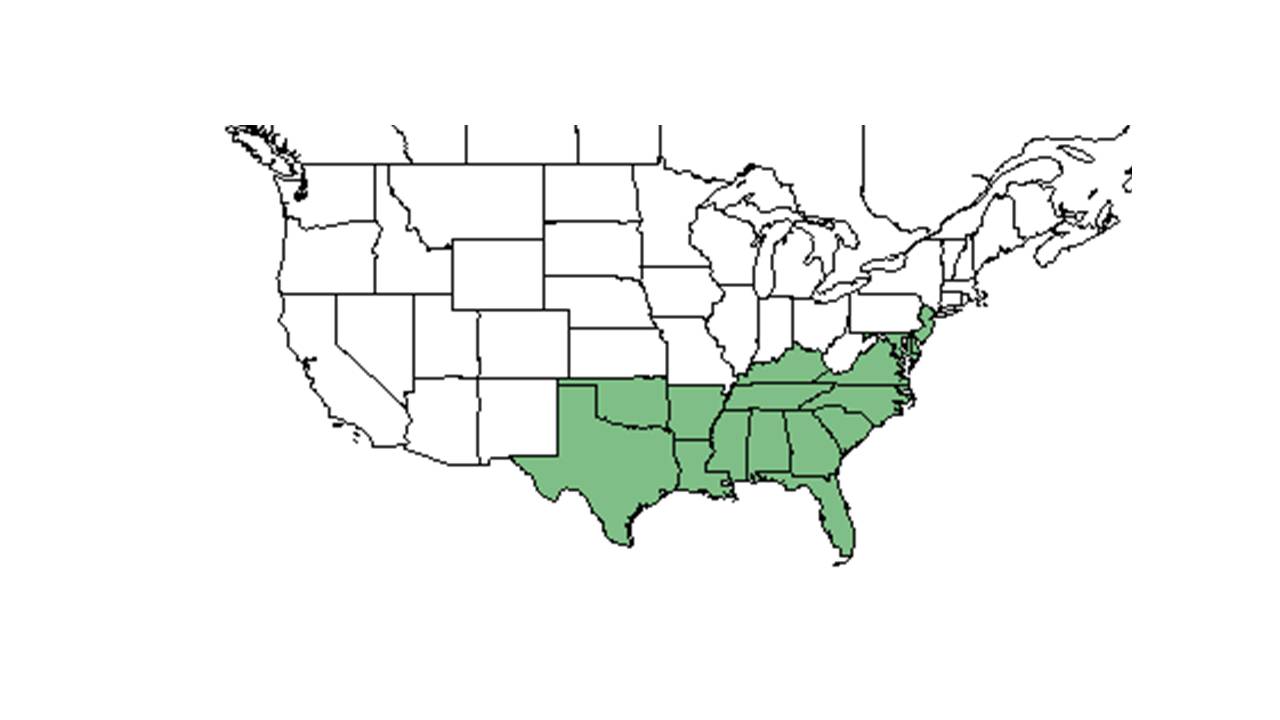Difference between revisions of "Ludwigia hirtella"
(→Description) |
|||
| Line 24: | Line 24: | ||
==Ecology== | ==Ecology== | ||
===Habitat=== <!--Natural communities, human disturbed habitats, topography, hydrology, soils, light, fire regime requirements for removal of competition, etc.--> | ===Habitat=== <!--Natural communities, human disturbed habitats, topography, hydrology, soils, light, fire regime requirements for removal of competition, etc.--> | ||
| + | |||
| + | |||
| + | This species can be found in wet or drying sandy loam of open areas in wiregrass-longleaf pinewoods, low moist depressions, pine-saw palmetto flatwoods, bogs, floodplain woodland clearings and wet thickets (FSU Herbarium). It has also been observed to occur in human disturbed areas such as along roadsides, edges of pine plantations, ditches, gas pipeline right-of-ways, and powerline corridors (FSU Herbarium). | ||
| + | |||
===Phenology=== <!--Timing off flowering, fruiting, seed dispersal, and environmental triggers. Cite PanFlora website if appropriate: http://www.gilnelson.com/PanFlora/ --> | ===Phenology=== <!--Timing off flowering, fruiting, seed dispersal, and environmental triggers. Cite PanFlora website if appropriate: http://www.gilnelson.com/PanFlora/ --> | ||
===Seed dispersal=== | ===Seed dispersal=== | ||
Revision as of 15:57, 20 July 2015
| Ludwigia hirtella | |
|---|---|
Error creating thumbnail: Unable to save thumbnail to destination
| |
| Scientific classification | |
| Kingdom: | Plantae |
| Division: | Magnoliophyta - Flowering plants |
| Class: | Magnoliopsida – Dicotyledons |
| Order: | Myrtales |
| Family: | Onagraceae |
| Genus: | Ludwigia |
| Species: | L. hirtella |
| Binomial name | |
| Ludwigia hirtella Raf. | |

| |
| Natural range of Ludwigia hirtella from USDA NRCS Plants Database. | |
Contents
Description
Common Name: spindleroot
Distribution
Ecology
Habitat
This species can be found in wet or drying sandy loam of open areas in wiregrass-longleaf pinewoods, low moist depressions, pine-saw palmetto flatwoods, bogs, floodplain woodland clearings and wet thickets (FSU Herbarium). It has also been observed to occur in human disturbed areas such as along roadsides, edges of pine plantations, ditches, gas pipeline right-of-ways, and powerline corridors (FSU Herbarium).